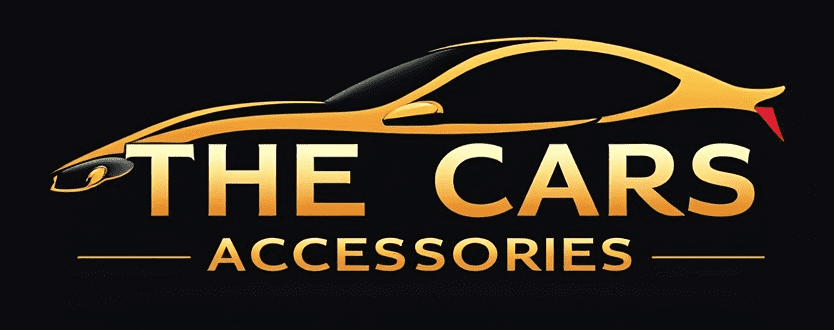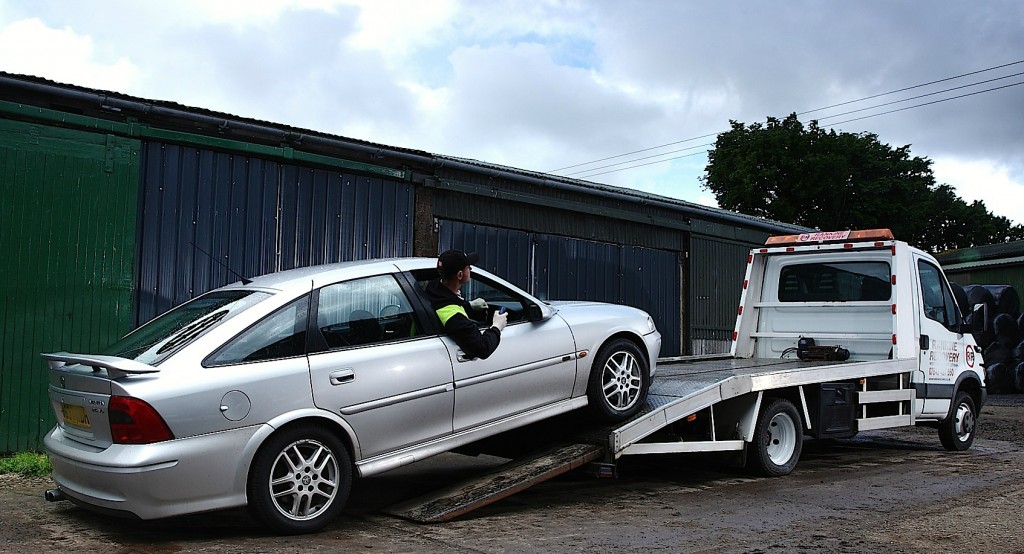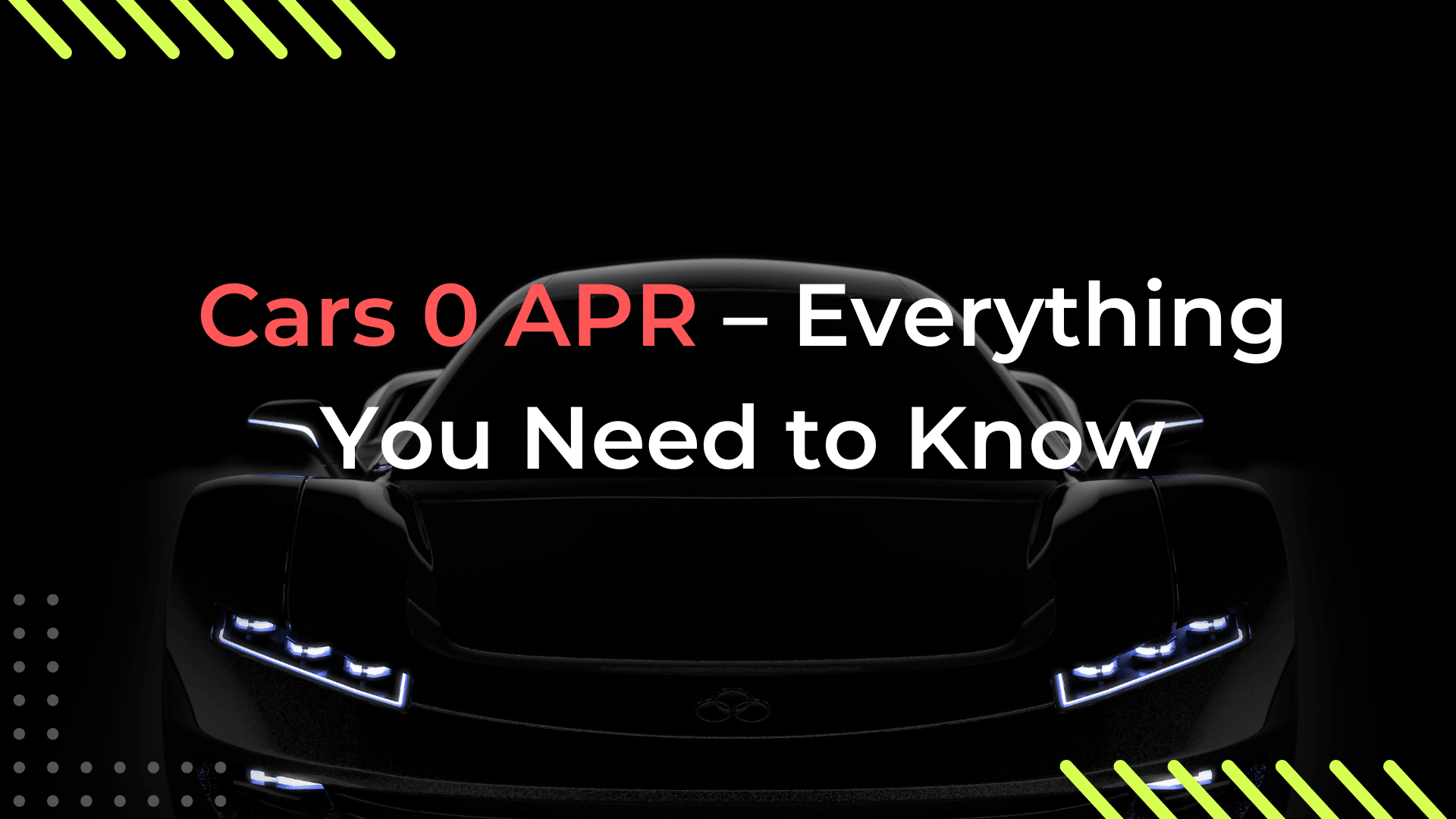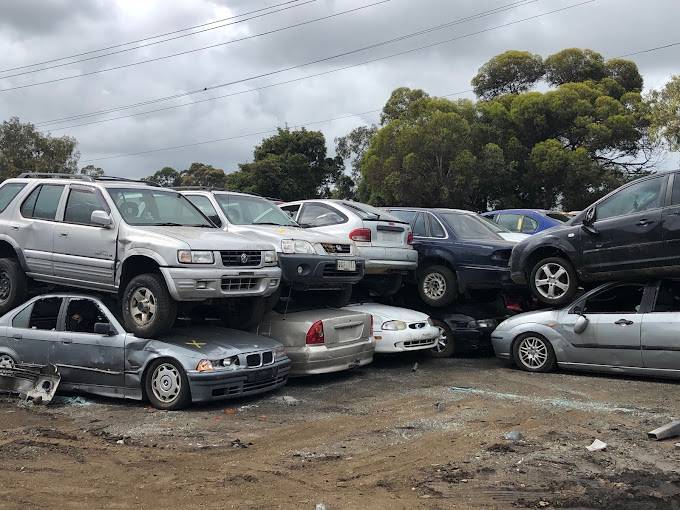Selling a car for cash is a decision many people make when their vehicle is no longer useful. But have you ever wondered what happens to your car after it leaves your driveway? Car removal services follow a structured process to handle old, damaged, and unwanted vehicles in the most effective way possible. The journey of your car does not end once it is towed away—it goes through several stages, from assessment to recycling. Let us take a closer look at what happens after you sell your car for cash.
1. Vehicle Inspection and Processing
Once your car is collected, it is taken to a facility where it is assessed. The main purpose of this inspection is to determine the best course of action. Some cars are still in relatively good condition, while others are completely wrecked.
- Usable cars – If the car is still operational or requires only minor repairs, it might be resold through auctions or second-hand dealerships.
- Non-usable cars – If the vehicle is too damaged to be sold, it will move to the next stage, where usable parts are removed before recycling.
This initial assessment ensures that every part of the car is handled properly, reducing unnecessary waste.
2. Removal of Useful Parts
Before a car is scrapped or recycled, valuable parts are taken out. Many components in an old car can still be used in other vehicles, helping mechanics and car owners find cost-effective replacements.
Some of the commonly salvaged parts include:
- Engine and transmission – If these are in working condition, they are often refurbished and sold.
- Tyres and wheels – If they are in good shape, they can be reused.
- Battery – Many car batteries can be recharged or recycled to extract materials like lead.
- Alternator and starter motor – These parts are checked and resold if they are functional.
By carefully removing these parts, car removal services reduce waste and support the second-hand auto industry.
3. Fluids and Hazardous Materials Are Drained
Cars contain several fluids that need to be handled correctly. Before a vehicle is dismantled, these substances are drained to prevent environmental harm.
Some of the fluids that are removed include:
- Engine oil
- Transmission fluid
- Coolant
- Brake fluid
- Petrol or diesel
These fluids are either disposed of safely or recycled for further use. For example, engine oil can be cleaned and reused instead of being discarded.
For more details, visit: https://onspotcashforcars.com.au/cash-for-cars-darra/
4. Car Body is Sent for Recycling
Once all usable parts and fluids are removed, the remaining structure of the car is crushed and recycled. The metal from cars is highly valuable and is used to manufacture new vehicles, construction materials, and various other products.
The recycling process involves:
- Crushing the car – The body is compacted into a smaller size for easy transport.
- Shredding – The crushed metal is shredded into smaller pieces.
- Separation – Magnetic and non-magnetic metals are separated.
- Melting and repurposing – The metal is melted and used to create new materials.
This process significantly reduces waste and helps conserve natural resources. Instead of mining fresh metal, recycling old vehicles provides an alternative source of materials.
5. Paperwork and Deregistration
After selling a car, it needs to be deregistered with the relevant authorities. In most cases, the car removal service will assist with this process, ensuring the vehicle is legally taken off the road.
This step prevents future legal issues related to ownership, unpaid fines, or registration problems. It is always a good idea to confirm that the paperwork has been processed correctly to avoid complications.
How Selling an Old Car Helps the Environment
Many people do not realise that selling an old car contributes to environmental sustainability. Instead of allowing a vehicle to sit and rust, removing and recycling it ensures that materials are put to good use.
- Reduces landfill waste – Abandoned cars take up space in landfills, polluting the environment.
- Lowers carbon footprint – Recycling car metal reduces the need for mining, which helps lower emissions.
- Prevents harmful leaks – Old cars that are left sitting for years often leak hazardous fluids into the ground.
Choosing to sell an unwanted car to a removal service is a responsible way to manage a vehicle that is no longer needed.
Why Scrapping a Car is Sometimes the Best Option
In many cases, an old or damaged vehicle may no longer be safe or practical to repair. When repair costs exceed the value of the car, Scrap Car Removal becomes the logical choice. Instead of holding on to a vehicle that is no longer useful, selling it for parts and metal ensures that it still serves a purpose.
This is especially true for cars that have been in accidents or have mechanical failures that are too costly to fix. In such cases, choosing Scrap Car Removal allows the vehicle to be dismantled and recycled, ensuring that nothing goes to waste.
Final Thoughts
When you sell your car to a removal service, its journey does not end there. The vehicle goes through a detailed process that involves assessing its condition, salvaging usable parts, draining fluids, recycling metal, and completing legal paperwork. Every part of the car is handled responsibly, ensuring minimal environmental impact.
Selling an unwanted car is not just about getting cash—it is also about making sure the vehicle is dealt with in a way that benefits both people and the planet. Whether your car is in good condition or completely worn out, it will be used in one way or another after it is sold.





